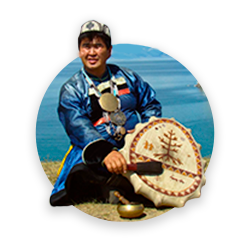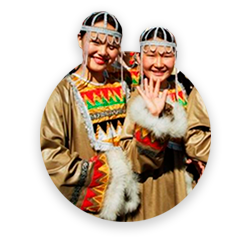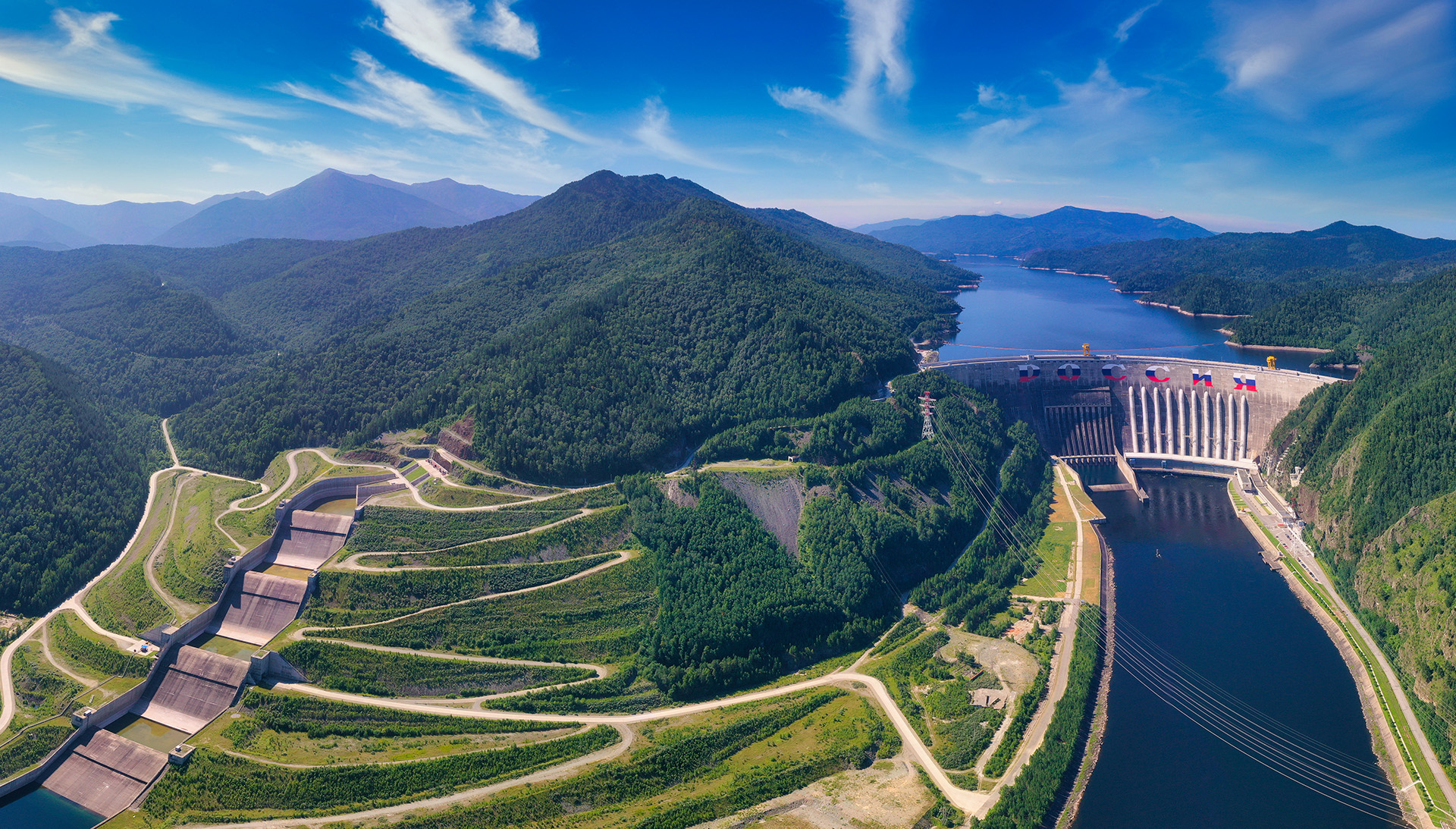Let's explore it
Siberian Watermelonsand Kyrgyz Kaganate
The Decembrists, who were sent into exile in these parts, called Khakassia Siberian Italy. Why is the region in Southern Siberia so similar to the alpine expanses? It’s all about the amazing climate: winter is never too cold, and summer is mild, without sweltering heat. There are more sunny days a year here than in Crimea. It allows growing apricots, watermelons, pears, grapes, eggplants, and other thermophilic crops here.
People are more willing to settle in regions with a favorable climate. The first state on the territory of Khakassia arose in the IV-III centuries BC. The ancient Chinese chronicles called the local inhabitants Dinlins, and their country was called Dinling-go. The Dinlins were replaced by the Turkic-speaking tribe of the Kyrgyz, which ruled these lands, forming the Kyrgyz Kaganate, and fell from the invasion of Genghis Khan. Khakassia became part of Russia much later: only during the reign of Peter the Great.
short region information
LOCAL TIME | UTC+7 |
|---|---|
CLIMATE | Temperate
|
CAPITAL | Abakan |
HOW TO GET | 4,5-5 hours by plane from Moscow |
HIGHLIGHT | Sayano-Shushenskaya dam, Sunduki, Ancient mounds |
types of tourism

shamanism

ethno

Nature

theme
Khakass Culture
We always recommend starting your acquaintance with the region by studying its local customs and culture. To do this, it is worth visiting the Khakass National Museum of Local Lore named after L.R. Kyzlasov in Abakan. Here you can learn the traditional way of life of the Khakass people. But the main pride of the museum is a collection of stone sculptures from the end of the 3rd millennium BC (just imagine!): there are oblong pillars, slabs, and dolmens. Some have hollowed faces; others have ornaments or animals.
Another place dedicated to the Khakass culture is the Khurtuyakh-Tas museum-reserve. Museum workers will meet you in national costumes with ayran (national milk drink) and take you on a tour of a real yurt.
www.flickr.comphotosd3mark0
www.flickr.comphotosd3mark0
Photo provided by Khakassia Travel
Photo provided by Khakassia Travel
There they will teach you how to enter the yurt correctly and how to drink tea and will show you traditional fur coats and a shaman’s tambourine.
Places of power
The trail of the ancestors, or the trail of shamans, is one of the most visited routes in Khakassia – this is a beautiful path along the valley of the Bely Iyus River. The trail runs along the coast and the rocky massif and passes nine small grottoes (in one of them archaeologists have discovered a Neolithic site). Locals believe that the path along this trail leads to the rebirth of your soul.
The “Chests” (Sunduki) rock massif is a 10 km long mountain range with eight independent
heights, some of which really resemble chests from afar. The first “chest” in ancient times served as a temple and an astrological observatory. The second and the third “chests” are known for their stone pyramids, which the Khakass used to build as houses for mountain spirits. On the fourth “chest” petroglyphs are telling about the journey of a certain hero. Climbing the “Chest”will not be difficult, and it must be done: you will be rewarded with an extraordinary view of the endless green spaces.

Taming the ferocious Yenisei
Sayano-Shushenskaya Dam
A huge dam (height 245 meters), surrounded by the Sayan Mountains, blocks the powerful stream of the Yenisei. This gigantic hydroelectric power plant supplies half of Siberia with energy and it is one of the most powerful in the world. Soviet workers were building the dam for 40 years, and the concrete used for its construction would be enough for the road from St. Petersburg to Vladivostok. In front of the hydroelectric power station, there is an observation deck where you can admire the anxious beauty of this unique engineering construction.
Here lived and worked V.I. Lenin
Shushenskoye Village
In Soviet times, this tiny village was an all-Union tourist attraction, the center of a quasi-religious cult. The fact is that in 1897 the 27-year-old Marxist Vladimir Ulyanov was sent here into exile for three years. Then his bride, Nadezhda Krupskaya, arrived to him and they got married. In Shushenskoye Vladimir hunted and talked to peasants, here he completed the work “Development of Capitalism in Russia”. Today it is an ethnographic village-museum, where the atmosphere of 1897 was preserved. It includes 27 houses (23 of them are original), a tavern, and a rural prison.
In addition to the two apartments where Lenin lived, here you can see the life of the South Siberian peasants of the late 19th century. Besides, the village does not look abandoned: all kinds of vegetables grow in the gardens and the employees practice various peasant crafts.
Gifts of nature and distant ancestors
Land of Thousand Lakes and Old-World Mounds
Kurgan (mound) – is essentially a burial, like the Egyptian pyramids. The idea is the same: people settle there the kingdom for the afterlife of a powerful man. The Big Salbyk Kurgan is one of the most majestic and mysterious monuments in Southern Siberia, located in the Valley of the Kings (the burial place of the Scythian nobility). In ancient times, the height of this earthen pyramid reached 30 meters. According to archaeologists, the mound served as the grave of some very powerful person – a steppe leader or flamen. Today, only huge stone slabs remain from the mound.
Another landmark of Khakassia is its numerous lakes. Big and small, salty and fresh, wild, and with good touristic infrastructure. There are about 1000 of them. The most popular lakes among tourists are Shira, Bele, Tus and Itkul lakes.

Photo by Gorbacheva Yuliya
Photo by Zhidkov Kirill
Photo provided by Khakassia Travel
try something new
Itineraries of Siberia
What Else
View More Destinations
want more?
More pictures inside the Gallery

